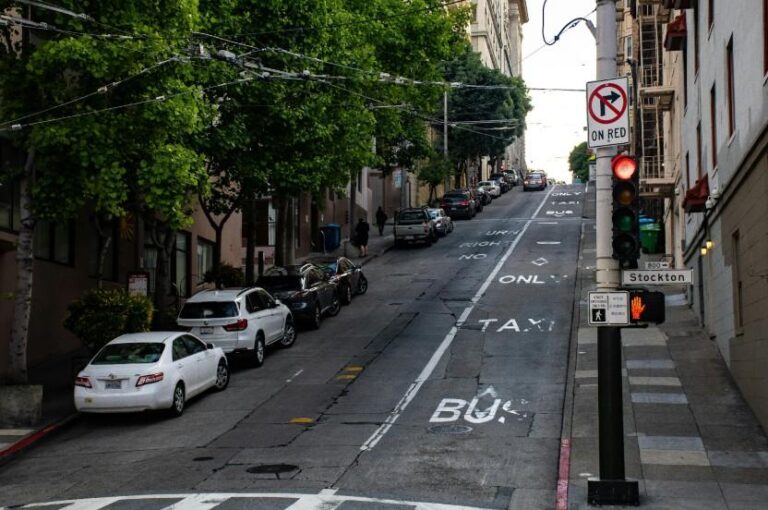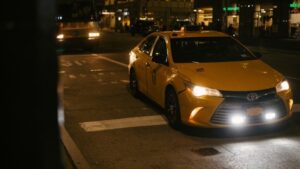The other day, I was driving through the bustling streets of Sydney, racing the clock to get to an appointment, when I spotted a T3 lane running alongside me. Traffic was crawling, and I couldn’t help but eye that lane longingly, wondering who actually gets to use it. The sign read “T3 Transit Lane – 6AM to 10AM,” but I had no idea if I qualified.
Turns out, T3 lanes aren’t just random road markings—they’re a key part of Australia’s traffic strategy to reduce congestion and encourage smarter commuting. So, who is allowed to use a T3 lane without restriction? Let’s break it down properly so you don’t get caught out (or fined).
Who Is Allowed to Use a T3 Lane Without Restriction in Australia?
T3 transit lanes are reserved for vehicles carrying three or more people, including the driver. But that’s not the whole story. A select group of vehicles can use these lanes even if they don’t meet the 3-person rule. Here’s who gets the green light:
Vehicles with Three or More Occupants
This is the main rule. If you’re driving with at least two passengers, your car qualifies for T3 lane use. That includes kids, coworkers, friends—basically anyone in the car counts toward the total.
Buses and Public Transport
All buses—including public, private, and mini-buses—are allowed in T3 lanes at all times, regardless of how many people are on board.
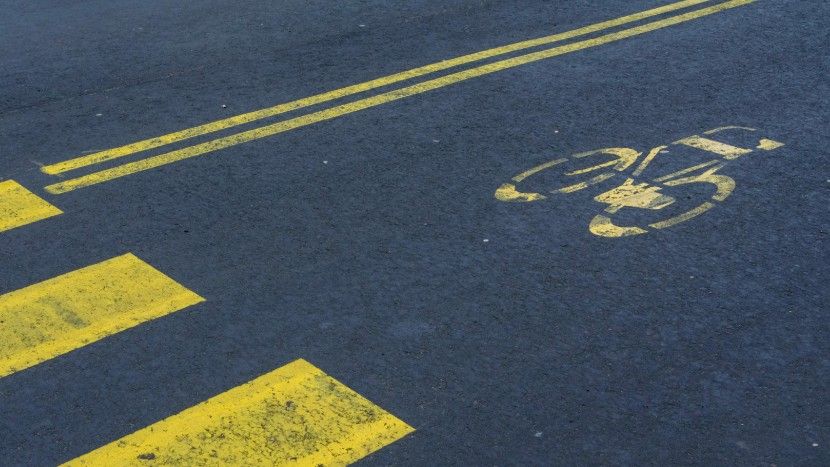
Taxis
Licensed taxis are allowed to use T3 lanes, whether they have passengers or not. This helps them move quickly to pick up or drop off fares during peak hours.
Emergency Vehicles
Police, fire trucks, and ambulances can use any lane—including T3 lanes—whenever necessary, especially in emergencies.
Motorcycles
Yes, motorcycles are legally permitted in T3 lanes. This helps reduce congestion and supports lower-emission transport.
Bicycles (in most cases)
In New South Wales (NSW), bicycles can use T3 lanes unless signage says otherwise. This varies slightly by state, so always check the road signs in your area.
Hire Cars with HC Plates
Only hire cars with HC number plates are allowed in T3 lanes without restriction. Not all rental cars or rideshares qualify—this is a common mistake.
Are Electric Vehicles Allowed in T3 Lanes?
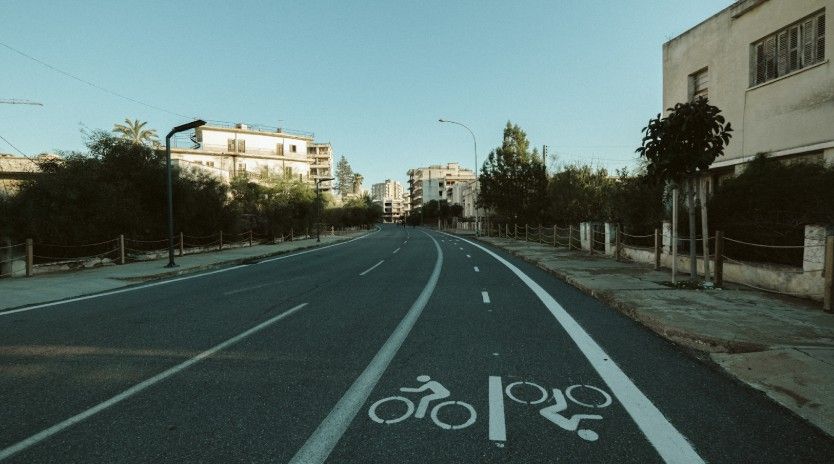
This one’s tricky. Electric vehicles (EVs) are not automatically exempt from occupancy requirements in T3 lanes across Australia. While there were trials in places like Victoria, they’ve ended, and EVs must now follow the same rules as other vehicles unless signage indicates otherwise.
If you’re driving solo in an EV, don’t assume you can use the T3 lane—check the road signs.
What Does T3 Mean on the Road?
The “T” in T3 stands for Transit, and the “3” means three or more people must be in the vehicle to use that lane during specified hours. T3 lanes are typically active during peak times—like 6–10 AM or 3–7 PM on weekdays—especially in major urban areas like Sydney, Melbourne, and Brisbane.
They’re designed to:
- Encourage carpooling
- Reduce traffic congestion
- Promote more eco-friendly commuting
If you’re caught using the T3 lane without qualifying, expect a hefty fine and possible demerit points, depending on your state.
What Does T3 Lane Mean in Victoria?
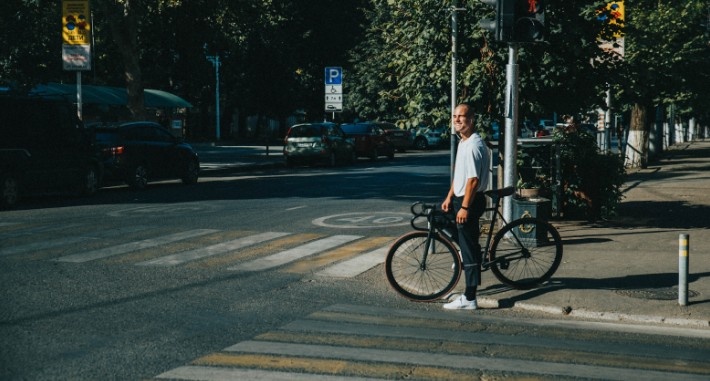
In Victoria, T3 lanes follow the same basic rules: 3 or more people, or qualifying vehicles (like buses, taxis, motorcycles, or HC hire cars). You’ll find T3 lanes mostly on major arterial roads leading into cities like Melbourne.
Unlike NSW, Victoria does not allow solo electric or hybrid vehicles to use T3 lanes. Past pilot programs permitting low-emission vehicles ended long ago. Always follow posted signs for specific time windows and lane usage rules.
Can You Overtake in a T3 Lane?
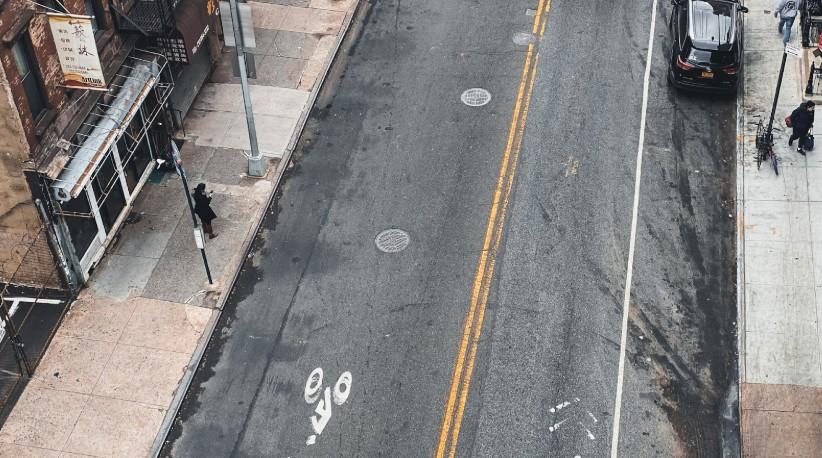
Yes, but only briefly. If you need to overtake a vehicle turning right or safely merge out of danger, you can legally enter the T3 lane for up to 100 meters. However, you must immediately return to your regular lane after overtaking.
Important: If you remain in the lane too long without the required passengers or vehicle type, you risk getting fined. Use the T3 lane strictly for overtaking or turning unless you’re fully qualified.
Also Read: does nicotine make you lose weight
FAQ: Common T3 Lane Questions Answered
1. Can I use a T3 lane if I’m alone in the car?
Not unless you’re driving a taxi, motorcycle, HC hire car, or emergency vehicle. Standard vehicles need three or more occupants.
2. Are electric cars allowed in T3 lanes in Australia?
No, not by default. EVs must follow the same rules unless a local exemption is in place (currently rare). Always check signs.
3. Can bicycles use T3 lanes?
Yes—in most areas like NSW. However, rules can vary by state, so be sure to check signage.
4. What happens if I get caught in a T3 lane illegally?
You’ll likely receive a fine (usually around $300–$400) and demerit points, depending on your state’s road laws.
T3 Lanes: The VIP Pass for Smart Commuters
So, who is allowed to use a T3 lane without restriction? If you’re driving a bus, taxi, motorcycle, HC hire car, or an emergency vehicle—you’re good to go. Add three or more people to your regular car, and you’re also in the clear.
T3 lanes reward efficient travel. They’re there to make things smoother for those sharing the ride or using more sustainable transport. If you don’t qualify, resist the temptation—you might save time, but the fine won’t be worth it.
Pro tip: Carpool, hop on a motorbike, or get familiar with lane signage in your area. That’s the real fast lane to smarter commuting.




